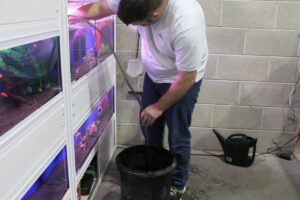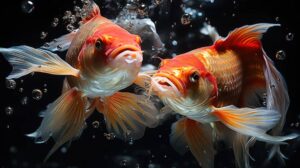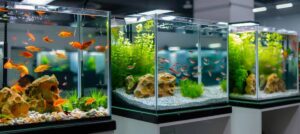The Pets Care Blog
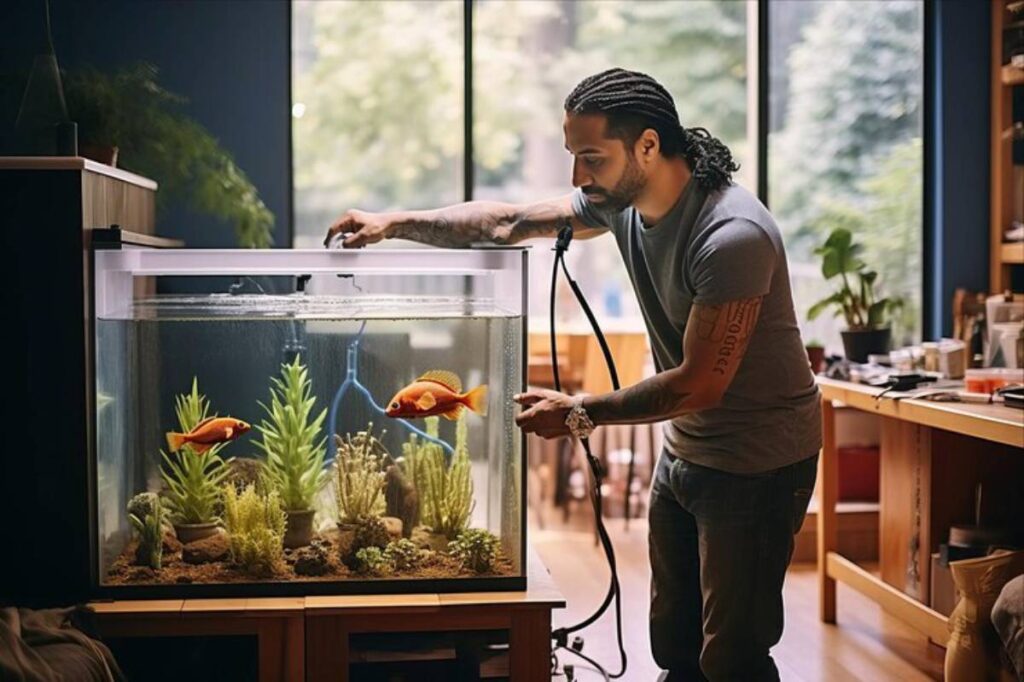
How to Set Up Your First Aquarium from Scratch
Setting up an aquarium from scratch is a thrilling experience — one that brings colour, calm, and a touch of the underwater world into your home. But without proper planning, what starts as excitement can quickly become confusion. If you’re a beginner, choosing the right equipment and understanding the balance of a tank can feel overwhelming.
This comprehensive guide on beginner aquarium setup will walk you through everything, from choosing your first tank to adding your fish. It’s not just about décor or clear water; it’s about building a healthy environment where aquatic life can thrive. Whether you’re looking to create a peaceful freshwater tank or venture into tropical fishkeeping, this is the first fish tank guide you need to get started confidently.
Understanding the Basics of Aquarium Setup
Before you dive into the equipment aisle, it’s important to grasp what an aquarium actually is a miniature ecosystem. Every component plays a vital role in keeping fish healthy and stress-free.
At its core, setting up an aquarium involves:
- Controlling temperature, light, and water chemistry
- Providing filtration to remove toxins and waste
- Creating a balanced cycle where bacteria process fish waste
- Choosing compatible fish species that suit your setup
Pro Tip: Don’t buy fish the same day you buy your tank — good aquariums are built slowly to ensure long-term success.
Quick Guide: First Aquarium Setup Checklist
Here’s a bite-sized reference you can screenshot or print:
Aquarium Essentials:
- Glass or acrylic tank (minimum 20 litres for beginners)
- Stand or cabinet
- Filter (hang-on-back, sponge, or internal)
- Heater (for tropical species)
- Thermometer
- Lighting system
- Substrate (gravel or sand)
- Water conditioner
- Test kit (ammonia, nitrite, nitrate, pH)
- Fish food
- Net, cleaning tools, bucket
- Décor and hiding places
Step-by-Step Guide: Setting Up Your Aquarium
Step 1: Choose Your Tank Size and Location
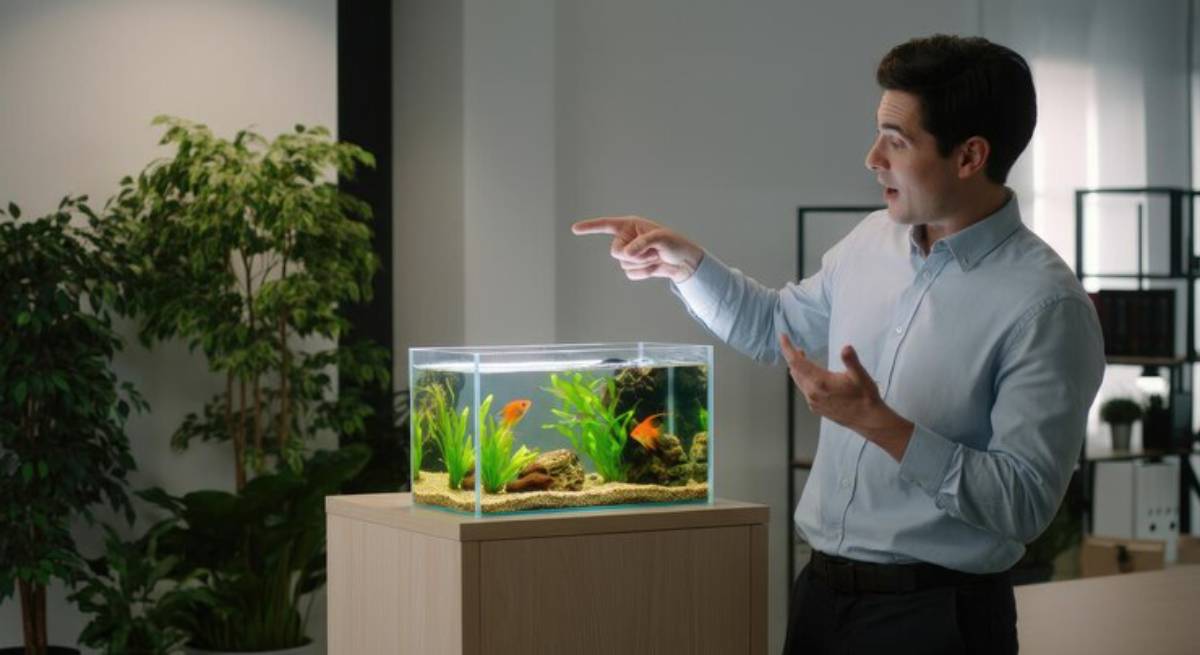
Go bigger than you think — small tanks fluctuate in temperature and chemistry faster, which can be stressful for beginners.
- Beginner-friendly sizes: 60–100 litres
- Location tips: Avoid direct sunlight, near heat sources, or drafty windows
Important: Ensure the stand can handle the full weight of your tank when filled — a 100-litre tank can weigh over 100kg.
Step 2: Install Your Equipment
Place your filter, heater, and any air pumps before adding water. This helps plan cable routing and prevent messy adjustments later.
- Filter: Place near the back, close to power access
- Heater: Mount near the water flow to distribute heat evenly
- Thermometer: Position on the opposite side of the heater for accurate readings
Secret Tip: Always create a “drip loop” in your power cords — this prevents water from running into your sockets in case of splashes.
Step 3: Add Substrate and Décor
Substrate gives your tank its base — gravel for durability, or sand for natural aesthetics.
- Rinse thoroughly before adding
- Layer 2–5 cm thick, depending on plants or décor
- Add rocks, driftwood, and ornaments for fish to explore
Step 4: Fill with Water (Slowly)
Use a plate or bowl to pour water onto, preventing substrate disruption.
- Fill halfway first
- Add dechlorinated water (use conditioner)
- Fill to the desired level and check for leaks
Check that your décor hasn’t shifted, and confirm the heater is fully submerged.
Step 5: Start the Nitrogen Cycle
This is where many new aquarists go wrong. The nitrogen cycle establishes beneficial bacteria that convert harmful waste into safer compounds.
- Add ammonia (from a bottle or fish food)
- Monitor ammonia, nitrite, and nitrate levels over several weeks
- Only add fish once ammonia and nitrite reach zero
Cycling takes time — typically 4 to 6 weeks.
Learn more in our dedicated post: What is the Nitrogen Cycle and Why It Matters.
Step 6: Choose the Right Fish
After your tank is fully cycled, it’s time to add your new residents. Start small and slow.
Great fish for beginners:
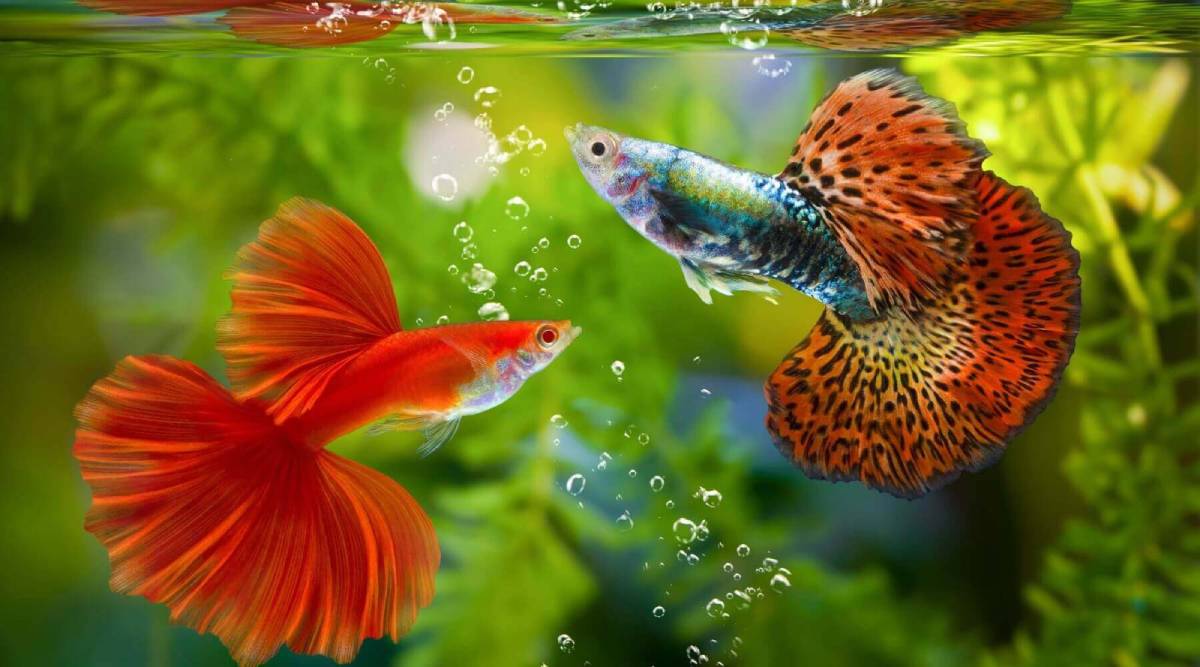
- Guppies
- Zebra danios
- Platies
- Corydoras catfish
- White cloud mountain minnows
Avoid aggressive or sensitive species early on.
Pro Tip: Quarantine new fish for 1–2 weeks in a separate tank to prevent introducing disease.
Step 7: Regular Maintenance
An aquarium needs ongoing care, but nothing drastic.
Weekly tasks:
- Test water
- Clean glass
- Perform a 10–25% partial water change
- Vacuum gravel (optional)
Best Practices for First-Time Aquarium Owners
Go Slow
Adding too many fish too fast will throw off your tank’s balance. Space out new fish additions by a week or two.
Observe Daily
Watch your fish for signs of stress — clamped fins, erratic swimming, gasping at the surface — and address issues promptly.
Log Your Readings
Keep a small notebook or app record of test results and fish behaviour. This helps track trends over time.
Use Timer-Controlled Lighting
Too much light can cause algae. A lighting timer creates consistency — see our full guide on timer-controlled lighting.
FAQs: Beginner Aquarium Setup
How long does it take to set up a new tank?
Physically, 1–2 hours. However, the nitrogen cycle takes 4–6 weeks before fish can be safely added.
Do I need a heater in every tank?
Only for tropical fish. Goldfish and some coldwater species do fine at room temperature.
Can I use tap water?
Yes, but always add a water conditioner to remove chlorine or chloramine.
Should I get live plants?
They’re optional, but live plants help oxygenate water, absorb waste, and enhance aesthetics.
Why did my fish die after setup?
Likely due to cycling too fast or adding fish before the nitrogen cycle completed. Test your water and start again more slowly.
Conclusion: Build it Right, and They Will Thrive
Your first aquarium isn’t just a tank — it’s a living, evolving system. Done right, it becomes a source of calm, wonder, and pride.
From selecting the right size and setup to setting up your aquarium step by step, every choice builds a foundation for thriving aquatic life. Resist the urge to rush. Trust the process. And enjoy the journey of fishkeeping from day one.
Now it’s your turn: Ready to set up your first fish tank? Use this guide as your blueprint, gather your tools, and start building your underwater world — the right way.




